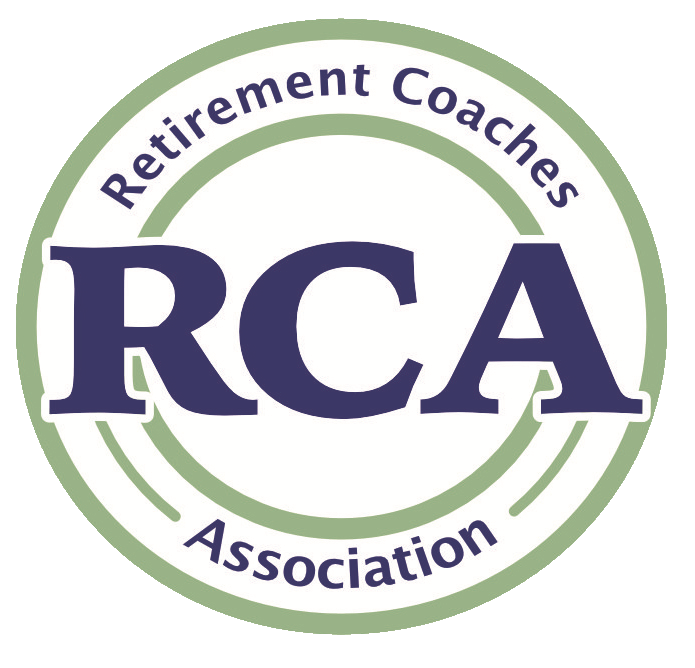Just how did COVID-19 change the way we organize our work, as well as our overall ways of working?
Being on an unscheduled sabbatical from work during the pandemic, I used my time to try and project what things would be like once the COVID-19 concerns subsided and we all got back to work post-pandemic.
It was easy to understand that we would not be returning to the work structure we hurriedly left for a long time. In many cases, organizational ideas were launched immediately, and in rapid succession.
This new organizational model has three distinct layers to it:
- The nuclear or inner layer houses the company’s strategic leadership core.
- The next layer consists of the task management layer, with many functioning as project managers on long-term contractual agreements directly with the company.
- The final or outermost layer consists of worker bees who support the project managers and work on an as-needed basis. These are the newest gig workers, and as such, work for a few select and non-competitive companies as assigned by the third-party entity that employees the worker bees.
Now why am I so sure this organizational model is being embraced and will continue to do so post-pandemic? Because it already was set in motion as a reaction to COVID-19’s spread. The lesson that we learned about these new ways of working is that a company can function well both from a productivity and employee experience viewpoint if several of the management colleagues work from home.
First, consider the output observed from upper to middle management working from home:
- Individual productivity increases.
- The company saves significant infrastructure costs.
- Employees have the freedom to complete their daily tasks, as well as their personal/family tasks.
- The cost of employee management administration declines sharply.
- The workplace is more family-friendly and unproductive commuting time vanishes.
Second, many companies furloughed or downsized most worker bees who are subject to callback when necessary. A sharp leadership team can contract these work functions to a well-organized temp or contract firm, and the company will access these new “gig workers” and supervisors through that third-party only when needed. This results in radical changes in the company’s short- and long-term overhead costs.
Finally, many redundant task-driven positions will be slowly phased out, only to be replaced by software or robotic innovations. Some supervisory levels will be replaced by technological task-timing advances and additional compensation rewards for greater team productivity. The old days of policing the workforce will be replaced by personal responsibility taken on by the worker to make the team successful.
Was this all a fleeting fantasy about new ways of working post-pandemic while on sabbatical? Not really, as it is based on well-heeled research studies completed over the last five years by the likes of McKinsey & Company, PriceWaterhouse Coopers (PWC), Deloitte, and the World Economic Forum, among others. These well-respected strategic consulting firms have looked at the world of work from different perspectives. If you synthesize all their bodies of work, what appears is what I have just reported on.
Some will argue differently about my conclusions of these various works of research, and I welcome that. In order to start up the next wave of organizational evolution though, someone must decide where to start. In the end, each company will take these research perspectives and reshape them somewhat to fit their vision, but the three-fold organizational model will survive.
Need help navigating the post-pandemic ways of working as part of your retirement work strategy?
Many people feel at loose ends when faced with retirement. While part of you will miss the fast-paced structure of your professional career, what folks miss the most in retirement isn’t the work they’re leaving behind, it’s the connections and people they most fear losing. For many retirees, there is a place for work in their retirement years that brings them fulfillment.
That’s why you need a Retirement Lifestyle Coach who sees you as the vibrant, dynamic individual you are, rather than reducing you to numbers on a page.
Bob Foley is your Certified Professional Retirement Coach and you can reach him by email at bob@retirementlifestylecoach.com or simply by scheduling time on his calendar here.




